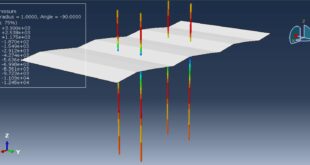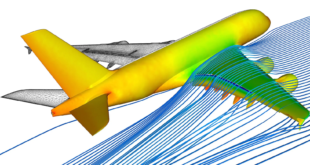Introduction to Beam-Column Joints in Civil Engineering
In reinforced concrete (RC) and steel structures, the beam-column joint is a critical region where beams and columns intersect, transferring forces and moments between them. It plays a vital role in the overall stability, strength, and ductility of a structure, particularly under seismic loads
Key Functions of Beam-Column Joints
Force Transfer – Transmits shear forces, bending moments, and axial loads between beams and columns
Structural Integrity – Ensures continuity and stability of the frame under gravity and lateral loads
Ductility & Energy Dissipation – In seismic zones, properly designed joints absorb and dissipate energy, preventing brittle failure
Types of Beam-Column Joints
Exterior Joint (beam frames into a column on one side)
Interior Joint (beams frame into the column from both sides)
Corner Joint (beam and column meet at the building corner)
T-Joint (a beam connects to a column at a right angle)
Failure Modes
Shear Failure – Due to inadequate joint reinforcement
Bond Failure – Slip of beam reinforcement within the joint
Concrete Crushing – Excessive compression leading to joint core damage
Beam-column joints are crucial for structural performance, especially in seismic-resistant design. Proper detailing and analysis are essential to prevent premature failure and ensure the safety of RC and steel structures
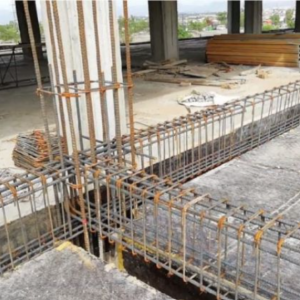
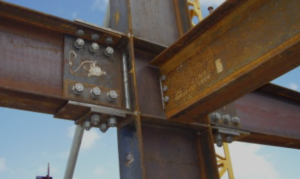
Introduction to Beam-Column Joints in Abaqus
Beam-column joints are critical structural components that transfer forces between beams and columns. Modeling them accurately in Abaqus, a leading finite element analysis (FEA) software, is essential for assessing their performance under static, dynamic, and seismic loads
Modeling Approaches in Abaqus
Abaqus provides multiple ways to simulate beam-column joints, depending on the required accuracy and computational efficiency
A. Simplified Macro-Modeling (Lumped Plasticity Approach)
Represents the joint as a rigid or semi-rigid zone with concentrated nonlinear springs
Uses connector elements or nonlinear springs to simulate shear and moment-rotation behavior
Suitable for large-scale frame analysis where detailed joint behavior is not the primary focus
B. Detailed Micro-Modeling (Finite Element Approach)
Explicitly models concrete, reinforcement, and interface behavior using solid and truss elements
Concrete: Modeled with damage plasticity (CDP) or smeared cracking models
Reinforcement: Modeled as embedded truss/rebar elements or using surface-based tie constraints
Interface: Accounts for bond-slip effects using cohesive elements or contact interactions
Best for research, failure analysis, and high-fidelity simulations
Steel Beam-Column Joints Analysis in Abaqus
Steel beam-column joints are crucial in structural frames, transferring forces between beams and columns while maintaining stability under various loads (static, dynamic, seismic). Abaqus provides advanced finite element modeling (FEM) capabilities to analyze their behavior accurately
Types of Steel Beam-Column Joints
Steel joints are classified based on their connection type and moment resistance
Fully Rigid (Moment-Resisting) – High stiffness, used in seismic-resistant frames
Semi-Rigid – Partial moment transfer, used in composite structures
Pinned (Shear Connections) – Allows rotation, transfers only shear forces
Modeling beam-column joints in Abaqus requires careful consideration of material nonlinearity, interaction effects, and loading conditions. While macro-models are efficient for global analysis, micro-models provide detailed insights into joint failure mechanisms
Abaqus provides powerful tools for analyzing steel beam-column joints, from simplified beam models to detailed 3D solid simulations. The choice depends on the required accuracy and computational efficiency
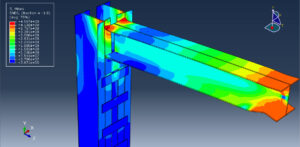
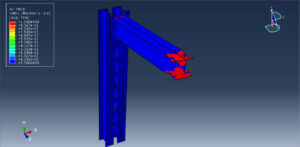
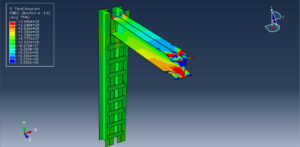
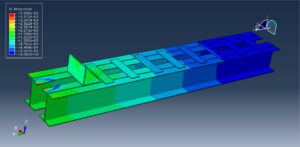

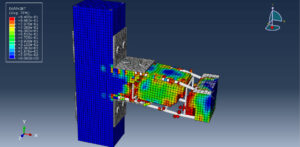


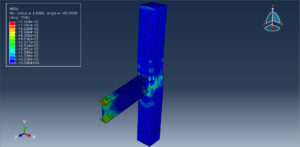
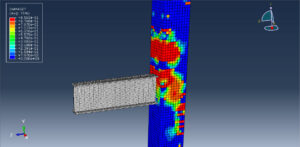
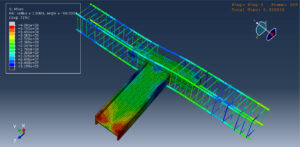
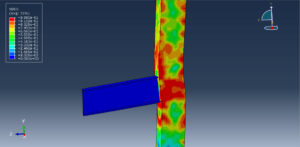

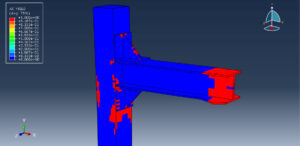
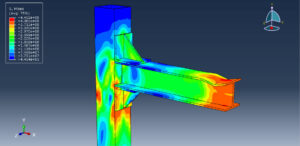
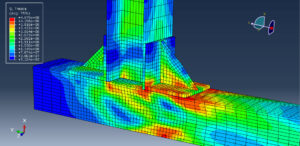
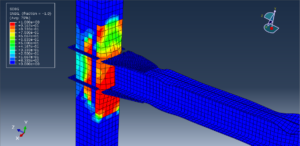
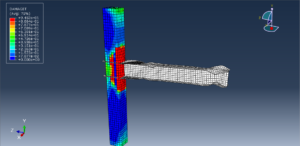
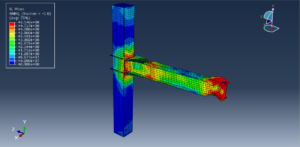


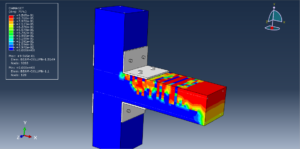

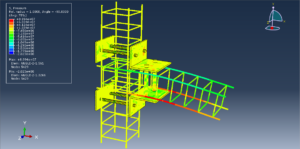
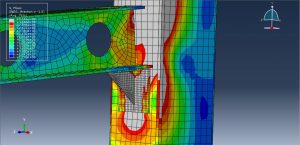
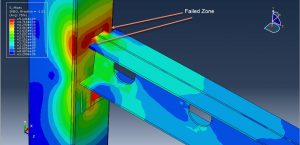
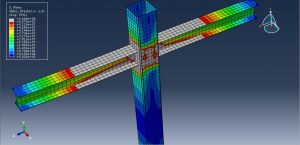
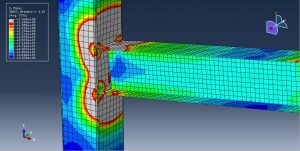
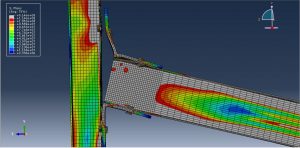

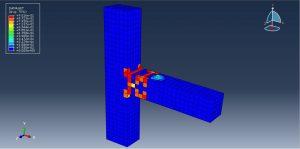
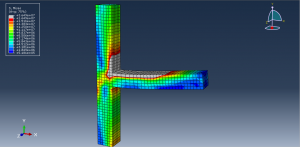
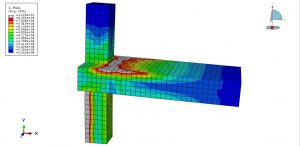
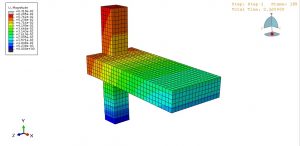
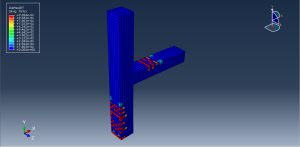
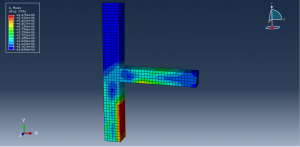
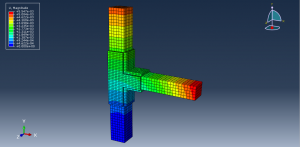
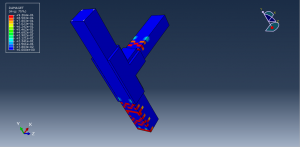

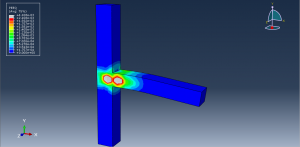
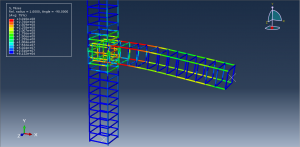
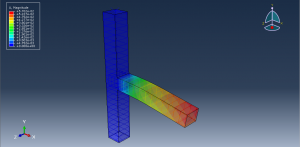
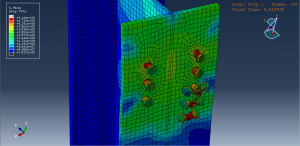

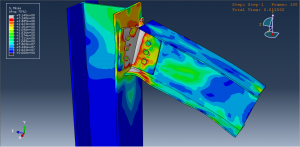
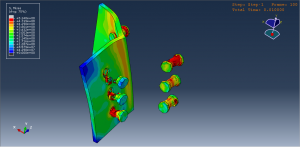
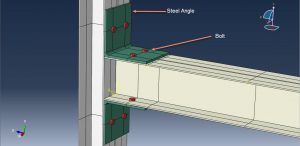
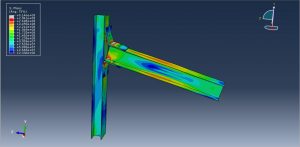
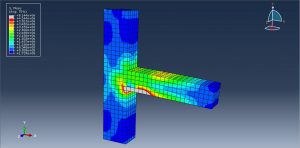
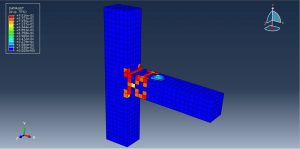

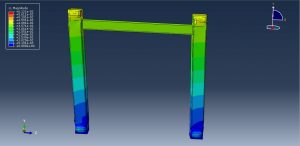
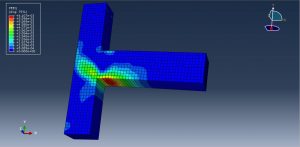
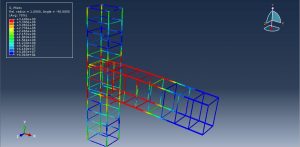
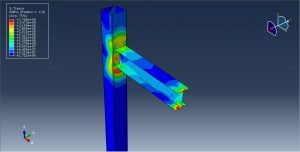
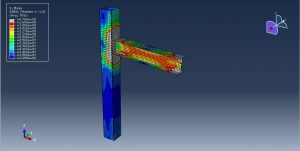

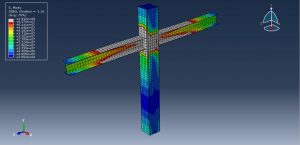
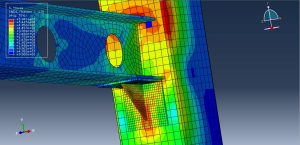
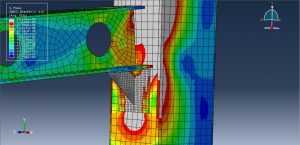
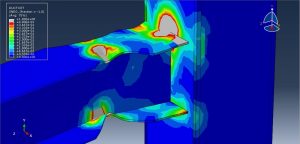
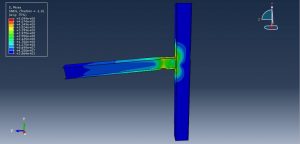
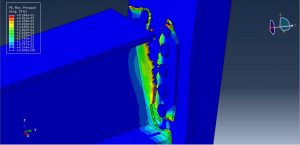
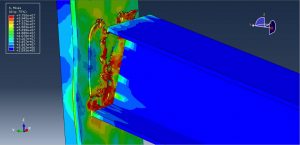

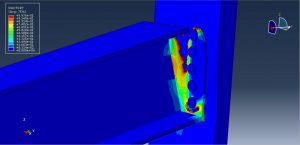
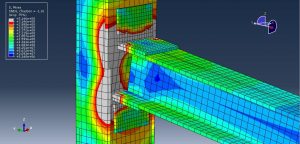
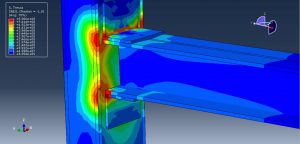
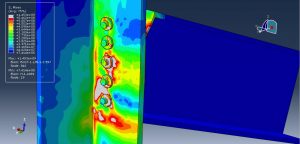
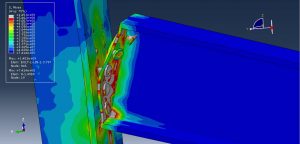
 Abaqus tutorials Abaqus tutorials
Abaqus tutorials Abaqus tutorials
